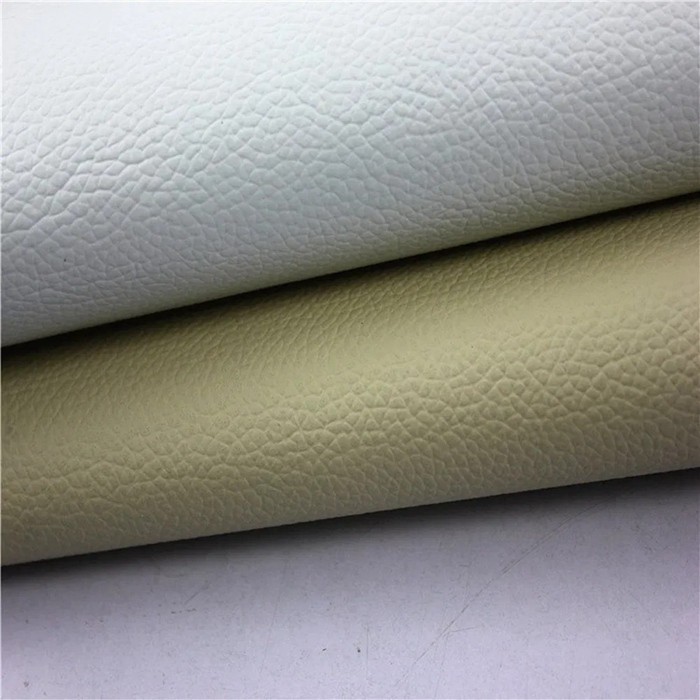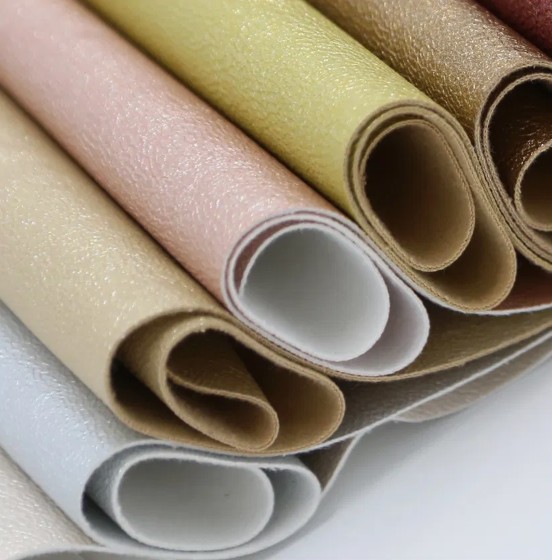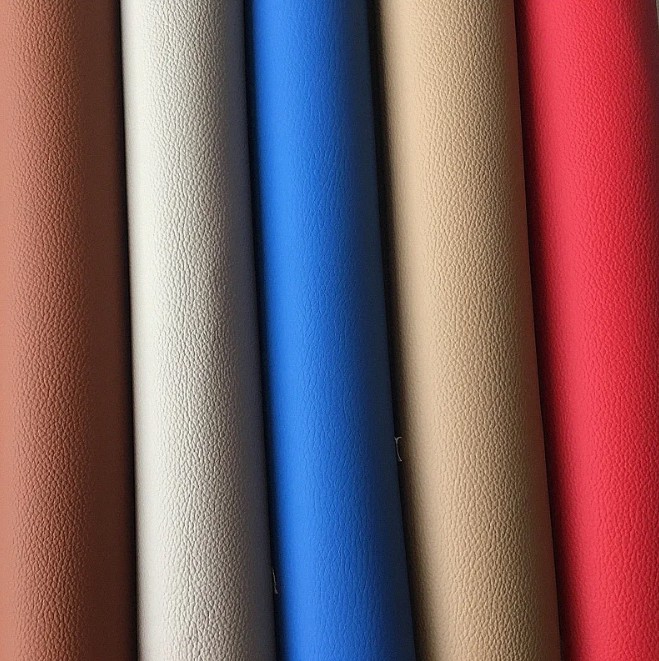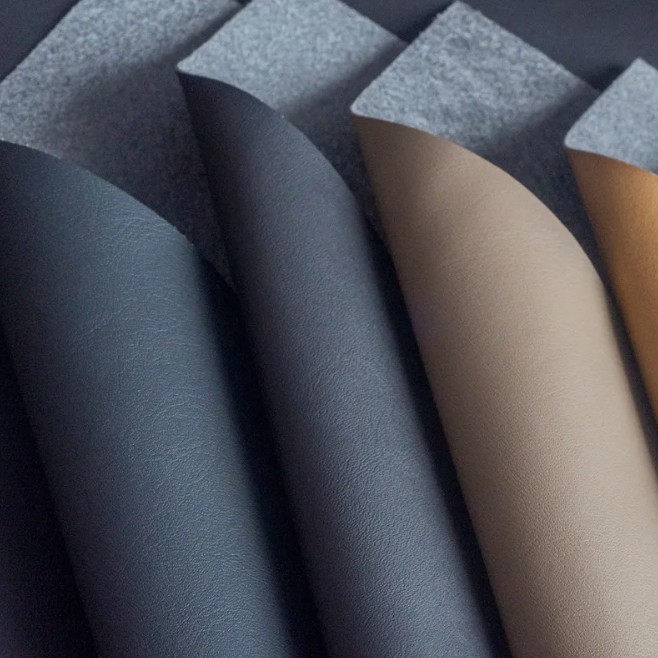Polyolefin Synthetic Leather: Comprehensive Guide to Understanding, Applications, and Benefits
Product description
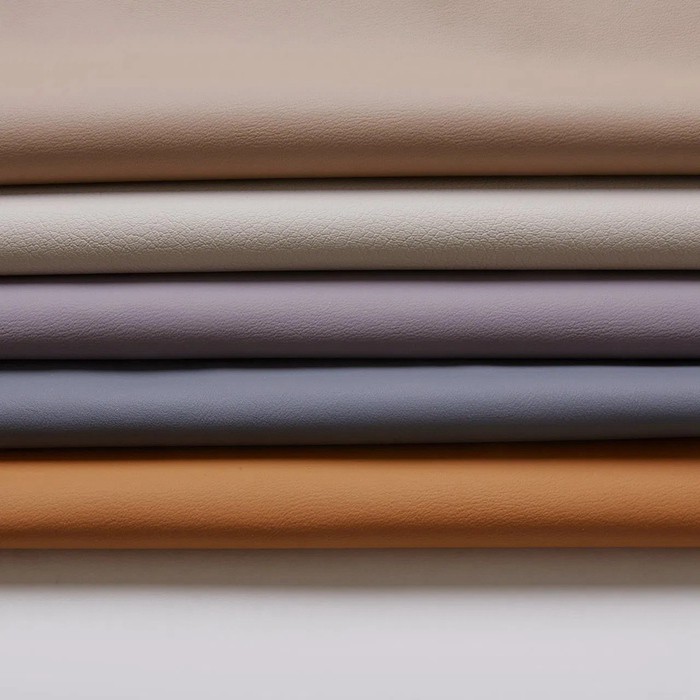 Polyolefin synthetic leather is a material that has gained increasing popularity due to its environmentally friendly characteristics and versatile applications. As a synthetic alternative to traditional leather, it offers a wide range of benefits, including durability, ease of maintenance, and eco-friendliness. This article will explore the various aspects of polyolefin synthetic leather, including its composition, benefits, applications, and frequently asked questions (FAQs) to provide a deeper understanding of this innovative material.
Polyolefin synthetic leather is a material that has gained increasing popularity due to its environmentally friendly characteristics and versatile applications. As a synthetic alternative to traditional leather, it offers a wide range of benefits, including durability, ease of maintenance, and eco-friendliness. This article will explore the various aspects of polyolefin synthetic leather, including its composition, benefits, applications, and frequently asked questions (FAQs) to provide a deeper understanding of this innovative material.
What is Polyolefin Synthetic Leather?
Polyolefin synthetic leather, often referred to as PO synthetic leather, is a synthetic material designed to mimic the look, feel, and texture of natural leather. It is made using polyolefin polymers, which are derived from petroleum-based materials. These polymers are processed and treated to create a fabric that resembles leather, offering a similar aesthetic and tactile experience.
Composition of Polyolefin Synthetic Leather
Polyolefin synthetic leather is primarily made from two key components: polyolefin resin and a fabric backing. Polyolefin resin is typically derived from polymers such as polypropylene or polyethylene, which are then processed to create the synthetic leather material. The resin is bonded with a fabric backing, which enhances the material’s flexibility, durability, and resistance to wear and tear.
Benefits of Polyolefin Synthetic Leather
Eco-friendly: One of the key benefits of polyolefin synthetic leather is its eco-friendly nature. Unlike traditional leather, which requires animal products and can contribute to environmental degradation, polyolefin synthetic leather is free from animal-based ingredients. Additionally, it can be made using sustainable manufacturing processes, further reducing its environmental impact.
Durability: Polyolefin synthetic leather is known for its exceptional durability. It is resistant to wear, tear, and fading, making it an ideal choice for products that require long-lasting performance. Whether used in upholstery, fashion accessories, or automotive interiors, polyolefin synthetic leather can withstand everyday use without losing its appearance or functionality.
Easy Maintenance: Unlike natural leather, which requires special care and maintenance, polyolefin synthetic leather is incredibly easy to clean and maintain. It can be wiped down with a damp cloth to remove dirt and stains, making it a practical choice for a wide range of applications.
Versatility: Polyolefin synthetic leather is highly versatile and can be used in a variety of industries, including automotive, fashion, furniture, and footwear. Its ability to be molded into different textures and finishes allows it to be customized for different products and designs.
Cost-Effective: Compared to traditional leather, polyolefin synthetic leather is a more affordable alternative. This makes it a popular choice for manufacturers looking to create high-quality products at a lower cost.
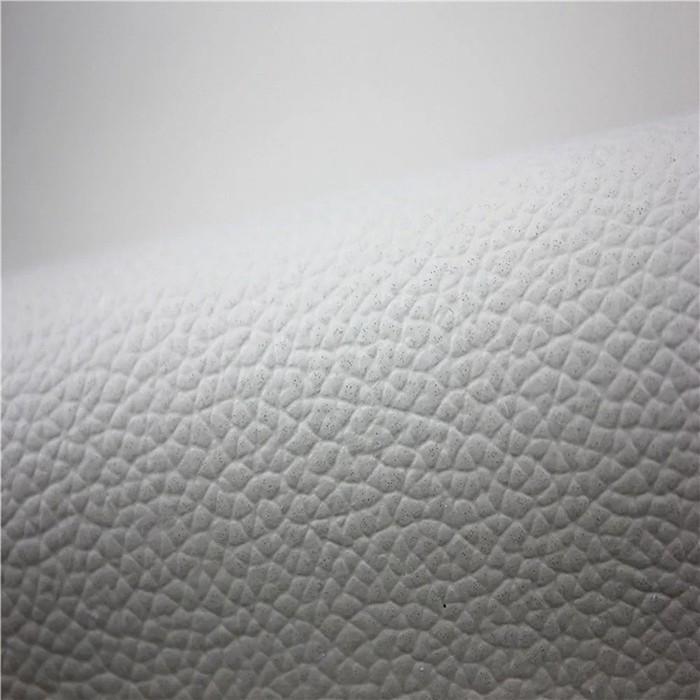
Common Applications of Polyolefin Synthetic Leather
Polyolefin synthetic leather is widely used in various industries due to its versatility and practicality. Some of the most common applications include:
Furniture Upholstery: Polyolefin synthetic leather is often used in the furniture industry for upholstery. Its durability, easy maintenance, and stylish appearance make it an ideal choice for sofas, chairs, and other furniture items.
Automotive Interiors: The automotive industry has adopted polyolefin synthetic leather for seats, steering wheels, door panels, and other interior components. Its resistance to wear, tear, and fading makes it a suitable material for automotive applications, especially for vehicles exposed to heavy use.
Fashion Accessories: Polyolefin synthetic leather is commonly used in the production of fashion accessories such as bags, wallets, and belts. Its versatility allows it to be molded into various shapes and finishes, making it suitable for creating stylish and durable accessories.
Footwear: Polyolefin synthetic leather is also used in the footwear industry. It is lightweight, durable, and easy to maintain, making it an excellent alternative to traditional leather for shoes, boots, and sandals.
Sports Equipment: Polyolefin synthetic leather is used in the production of sports equipment such as gloves, pads, and balls. Its durability and resistance to wear make it ideal for products that undergo frequent use and require high performance.
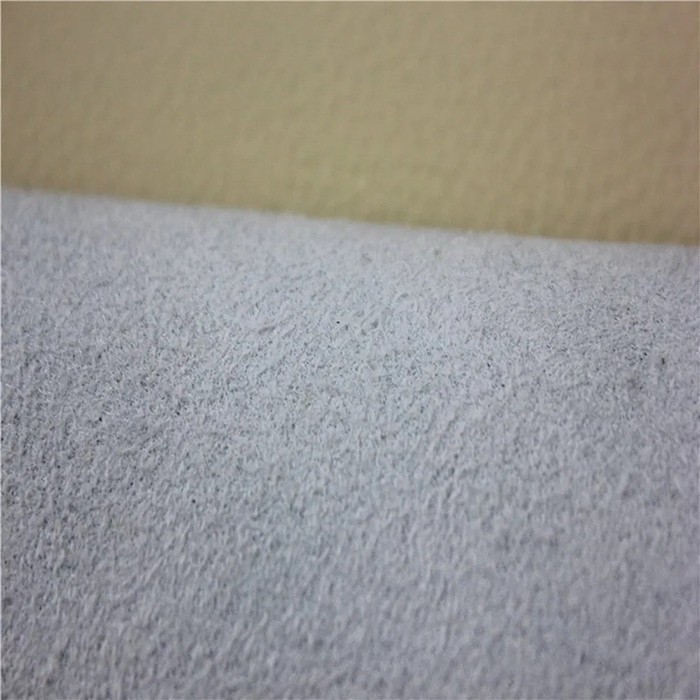

Polyolefin Synthetic Leather vs. Other Synthetic Leathers
Polyolefin synthetic leather is just one of several types of synthetic leathers available on the market. Other popular types include polyurethane (PU) leather and polyvinyl chloride (PVC) leather. Each type of synthetic leather has its own set of characteristics, and the choice of material depends on the specific requirements of the product.
Compared to PU leather, polyolefin synthetic leather is more eco-friendly, as it is made from recyclable materials and does not require harmful chemicals during the production process. Polyolefin leather is also more resistant to UV radiation and has better breathability than PVC leather, making it a superior choice for applications where comfort and longevity are key factors.
Frequently Asked Questions (FAQs)
1. What is the difference between polyolefin synthetic leather and traditional leather?
Polyolefin synthetic leather is a man-made material designed to mimic the appearance and feel of natural leather. Unlike traditional leather, which is derived from animal hides, polyolefin synthetic leather is made from polyolefin polymers, making it a cruelty-free alternative. Polyolefin leather also tends to be more affordable and easier to maintain than natural leather.
2. Is polyolefin synthetic leather durable?
Yes, polyolefin synthetic leather is highly durable. It is resistant to wear and tear, fading, and cracking, making it suitable for a wide range of applications that require long-lasting performance, such as automotive interiors, furniture, and fashion accessories.
3. Can polyolefin synthetic leather be used outdoors?
Yes, polyolefin synthetic leather is suitable for outdoor use. It is resistant to UV radiation, which helps it maintain its color and appearance even when exposed to sunlight for extended periods. This makes it a popular choice for outdoor furniture and automotive interiors.
4. Is polyolefin synthetic leather eco-friendly?
Polyolefin synthetic leather is considered more eco-friendly than traditional leather due to its animal-free composition and sustainable production methods. Additionally, polyolefin leather can be made from recyclable materials, making it a more environmentally friendly option compared to other synthetic leathers like PVC.
5. How do you maintain polyolefin synthetic leather?
Maintaining polyolefin synthetic leather is easy. Regular cleaning involves wiping the surface with a damp cloth to remove dirt and stains. For more stubborn stains, mild soap and water can be used. Unlike natural leather, polyolefin synthetic leather does not require special conditioning treatments, making it low-maintenance and practical for everyday use.
Recommended products
